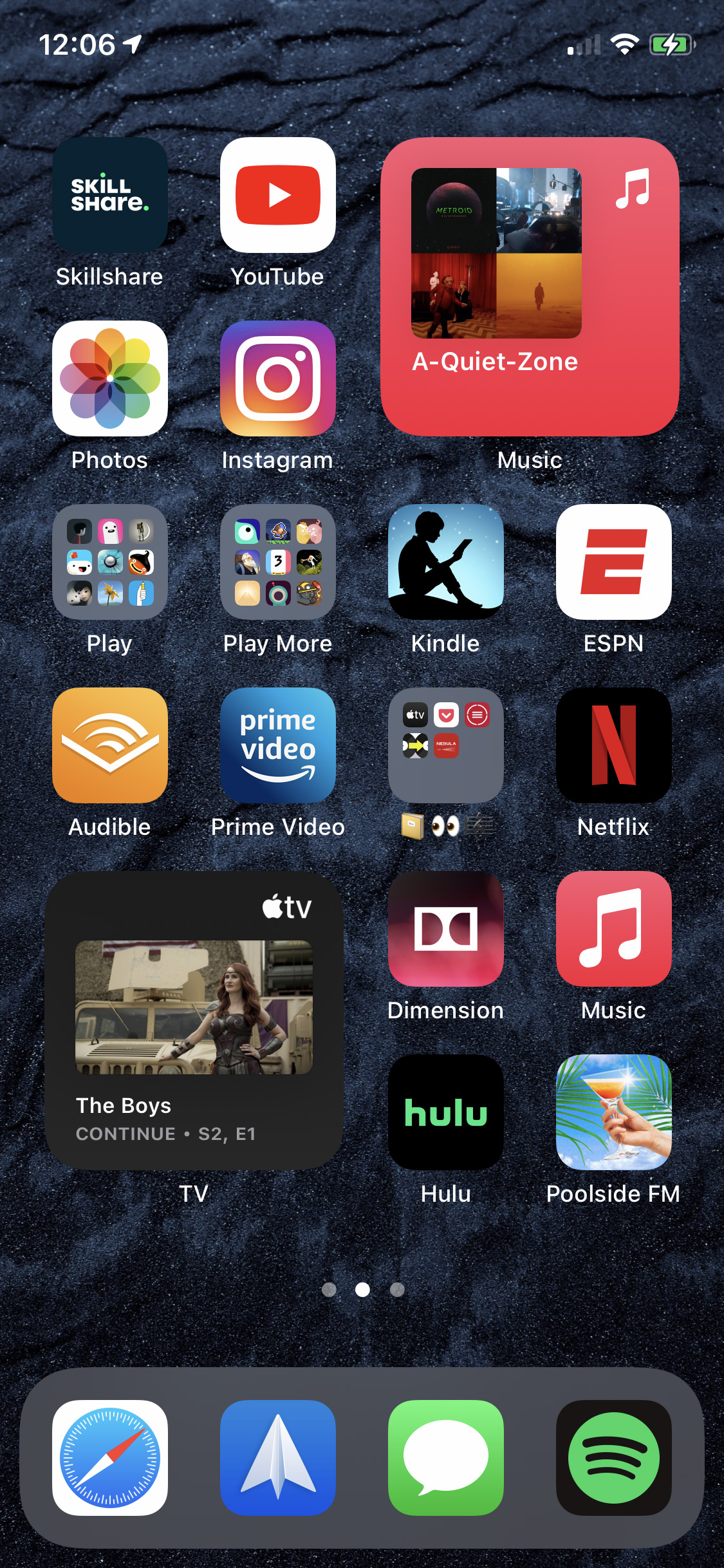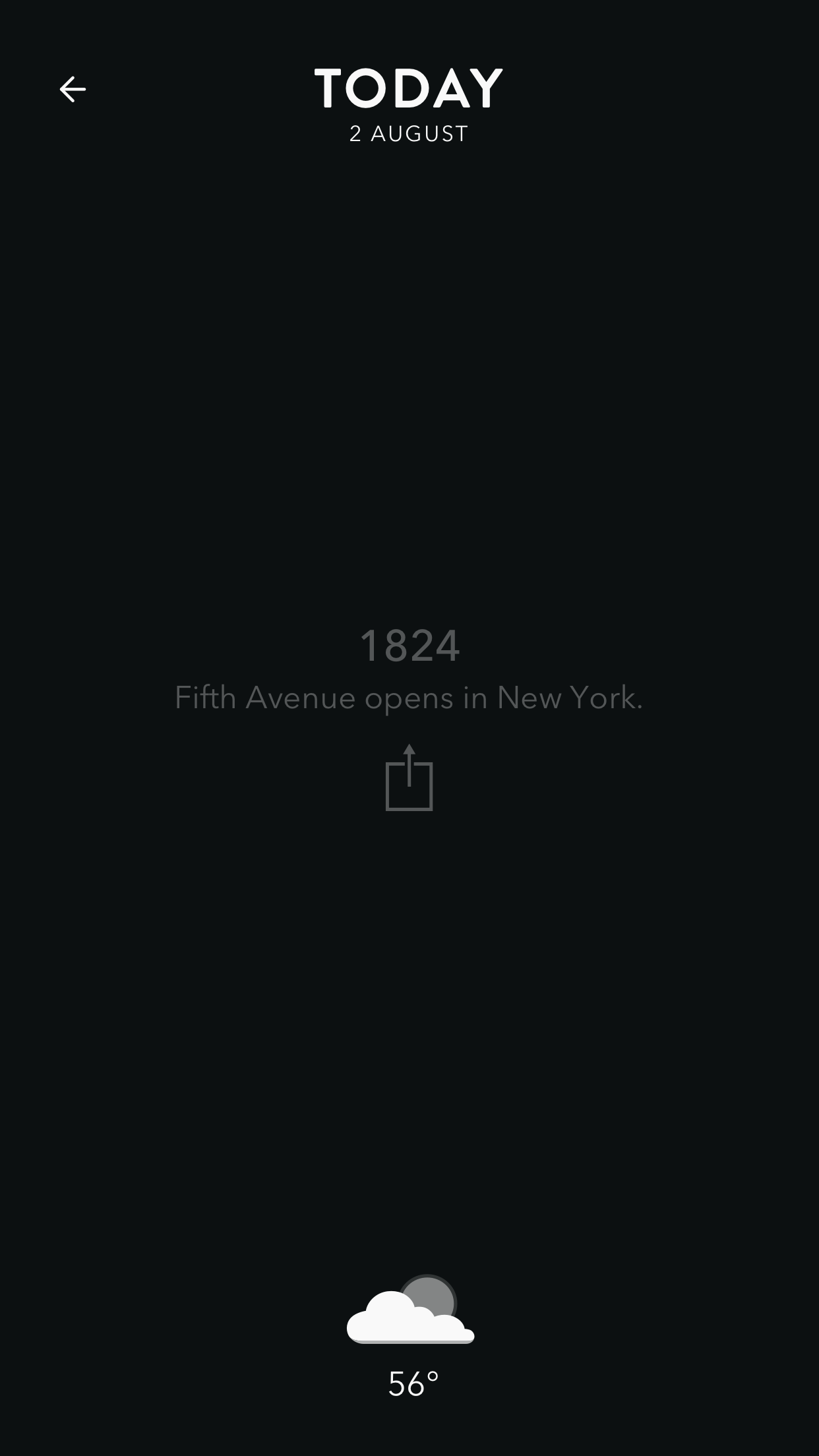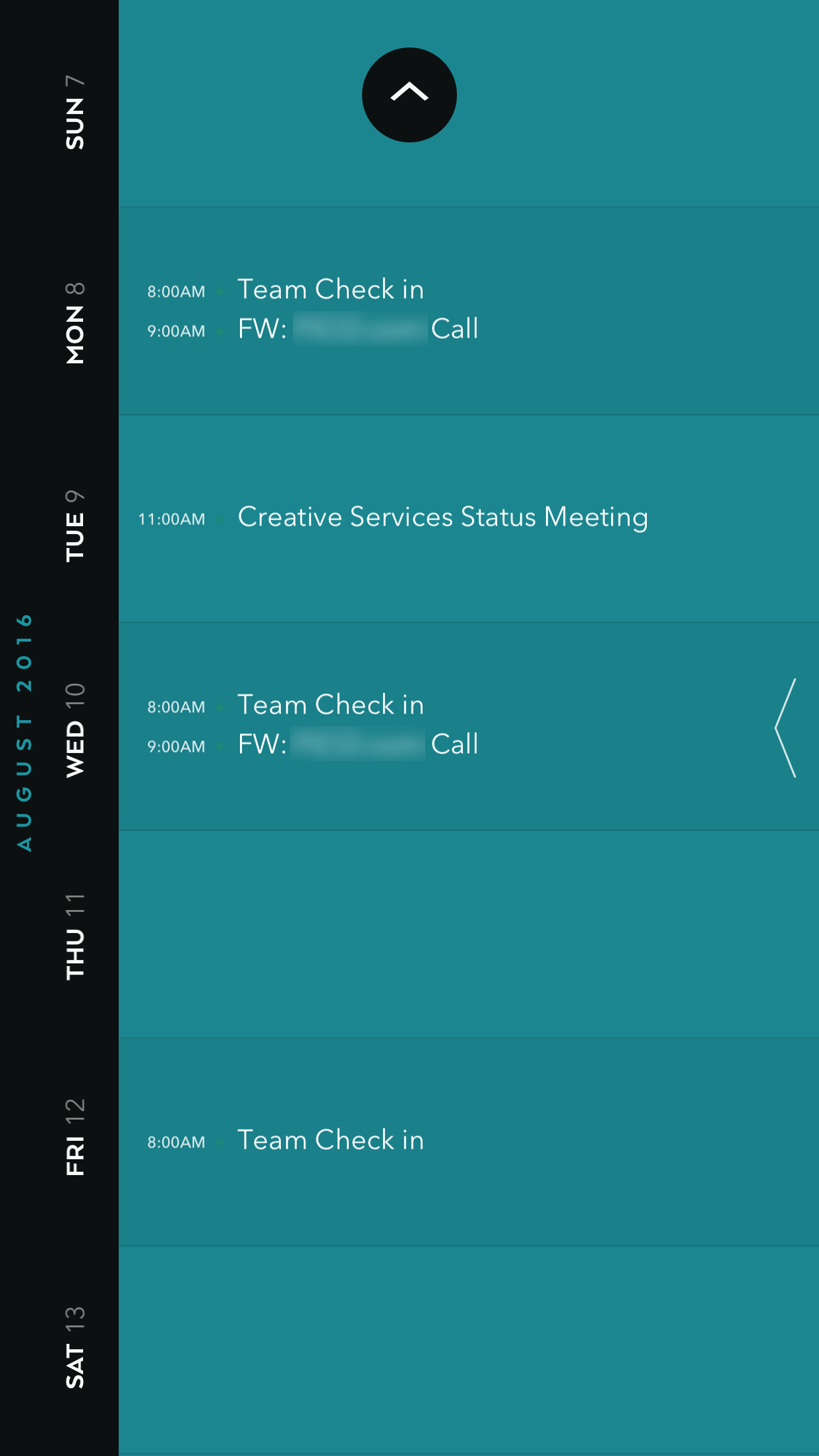Low-cost Android One phones reportedly coming to the US:
Google’s Android One platform was originally designed to provide low-cost Android devices to developing markets without the stuff that usually comes with low-cost Android devices: bloatware, competing services, and a crippling lack of software and security updates. Now, according to a report from The Information, the program is about to make it’s way to the US market to help solve those problems.
And on regular software updates:
Google also has a stake in ensuring that as many Android devices as possible are upgraded on a regular basis, not just for features but also for security updates.
Imagine that: It’s 2017 and there exist a whole market of shitty, low end Android devices that can’t be updated on a regular basis, filled with bloatware.
This has never been a problem with any of the iPhones I’ve owned.
It reminds me of this great quote from Andy Warhol:
What’s great about this country is that America started the tradition where the richest consumers buy essentially the same things as the poorest. You can be watching TV and see Coca-Cola, and you know that the President drinks Coke, Liz Taylor drinks Coke, and just think, you can drink Coke, too. A Coke is a Coke and no amount of money can get you a better Coke than the one the bum on the corner is drinking. All the Cokes are the same and all the Cokes are good. Liz Taylor knows it, the President knows it, the bum knows it, and you know it.
When you buy an iPhone 7 it’s the same iPhone 7 your favorite actress owns and it’s the same one the cashier at the grocery store owns. When you buy an Android phone, it could lie anywhere on the spectrum of Amazing to Crappy.
This distinction between iPhones and Android phones can’t be overemphasized.






